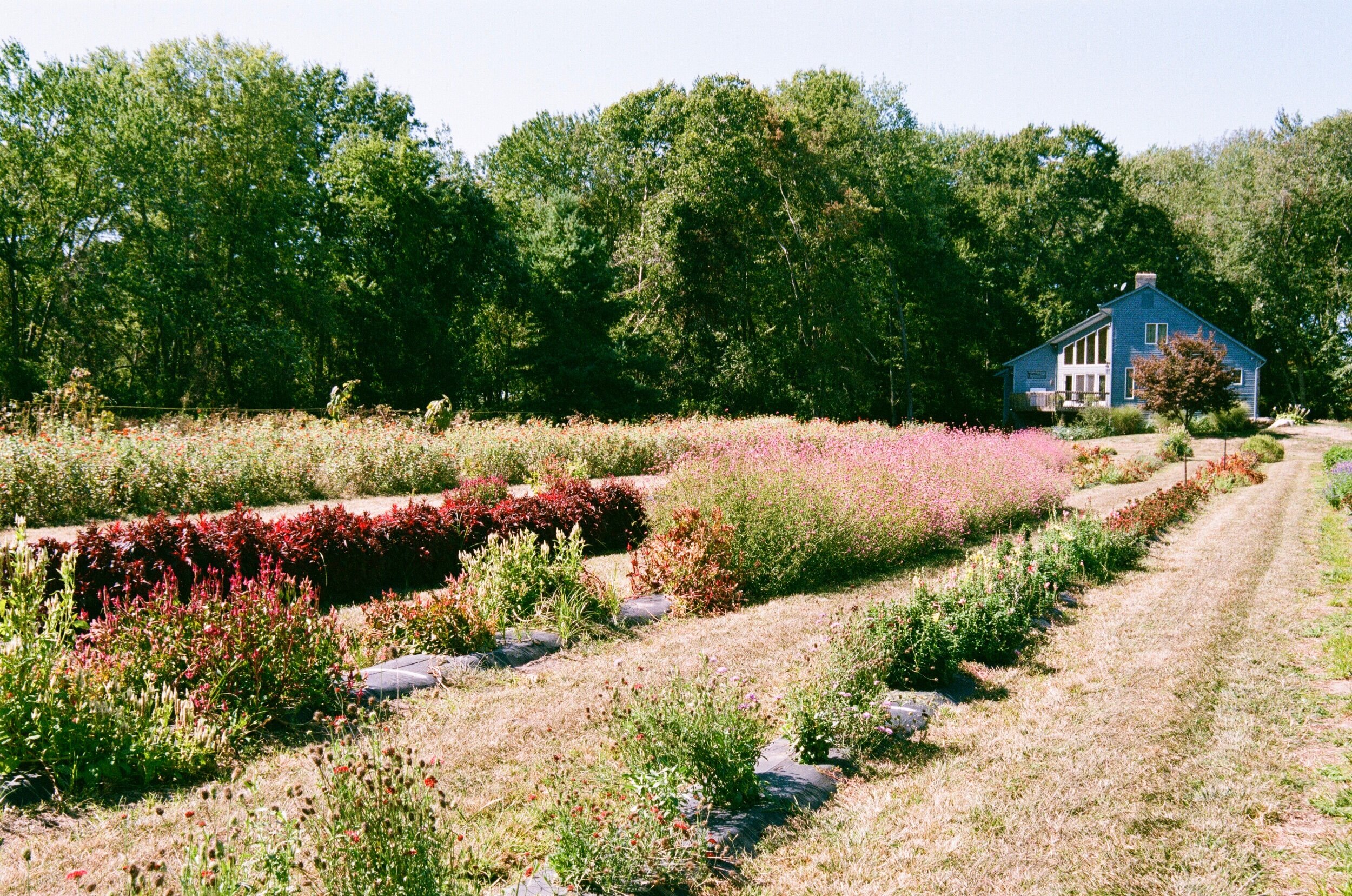A Beginners Guide to Pressing Flowers
Two of the most frequently asked questions I receive about my artwork is “how did you learn to press flowers?” and “which flowers are easiest for pressing?” I first began incorporating nature into my art while I was completing my undergrad at Springfield College. As an Art Therapy major, I took several courses on eco-therapy and the application of art and nature as an inter-disciplinary approach. Throughout these classes, I discovered ways to collect found objects and use them as stimulus for mobiles, sculptures, collages, etc.
Over the years, I have learned through experience which flowers cooperate best for traditional pressing methods, and which ones to avoid. With summer solstice only a few weeks away, I thought this would be the perfect time to put together one of my most requested blog posts- a beginners guide to flower pressing…
# 1 . Note that all flowers do not press equally
If this is your first time pressing, stick with thin flowers, as they are the easiest to press. The best blooms for beginners are those with a single layer of petals. Though there are plenty of other flowers and plants that preserve well, below is a short list of botanicals that I have found to press successfully:
Daisies
Violas
Baby’s Breath
Larkspur
Forget-Me-Not
Hydrangeas
Alyssum
Queen Annes Lace
Anemones
Delphinium
Leaves, herbs and grasses are perfect options, as well! I particularly love pressing different variations of ferns, as they look really lovely when used in a combination with brigther flowers.
Arrangements and flowers I tend to avoid are those that are only one type or color. For example, all white flowers have the highest chance of browning. Certain flowers such as, calla lilies, mums, tulips, and white orchids will not press well.
#2. Only press dry flowers
This is extremely important. Wet flowers will typically mold when it comes time to open your book/flower press. Avoid picking flowers early in the morning that still have dew on them, as you will run the risk of the flowers deteriorating.
#3 Press your flowers right away
When it comes to preserving, I should mention that the fresher the flowers, the better! If the blooms are fresher then there will be less chance for browning and a higher chance of color retention. Do not wait until the flowers to or get droopy. I personally like to take a hardcover book with me when I am collecting flowers. Bringing an elastic or ribbon is always great to have on hand, as they will secure the pages and help keep the flowers in place.
#4 Use parchment paper or blotting paper
You will need a barrier to separate the flowers and absorb their moisture while they press. For the best results, I recommend using quality blotting paper or acid free tissue paper.
#5 If you do not own a press, use old books
Heavy dictionaries, enclyopedias, large textbooks with thick paper all are great options. I still use this method myself! When using books, be sure to distribute an even amount of weight on top. I like to stack my books & keep several weights on top to ensure no moisture gets in. Instead of spending money on a brand new press, there are also lots of DIYs written on creating your own.
Whatever method you decide to use, be sure to store your press in a dry environment. Dampness or humidity will cause your flowers to get moldy.
#6 Don’t open your press too soon!
Different flowers take varying times to press properly. My rule of thumb is to wait at least three weeks before opening my flower press. If you expose your flowers too early you run the risk of disrupting your arrangement, as the flowers are extremely fragile when pressing.


